Keys to Healthy Development Building Blocks for the Development
advertisement
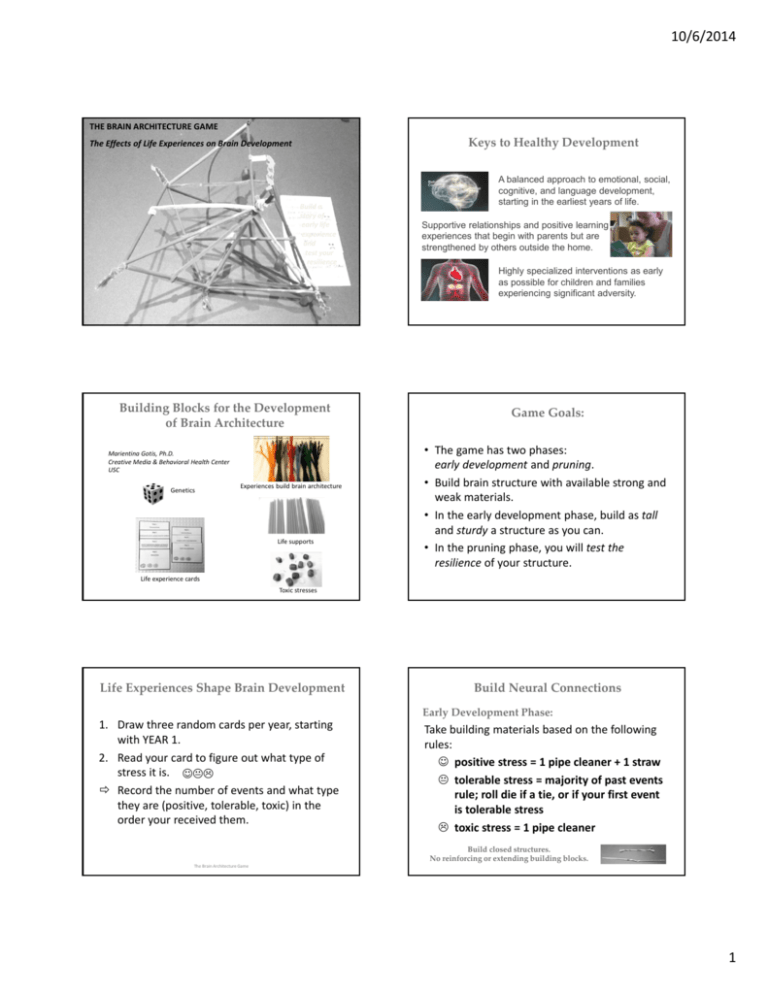
10/6/2014 THE BRAIN ARCHITECTURE GAME Keys to Healthy Development The Effects of Life Experiences on Brain Development Build a story of early life experience and test your resilience A balanced approach to emotional, social, cognitive, and language development, starting in the earliest years of life. Supportive relationships and positive learning experiences that begin with parents but are strengthened by others outside the home. Highly specialized interventions as early as possible for children and families experiencing significant adversity. The Brain Architecture Game Building Blocks for the Development of Brain Architecture Marientina Gotis, Ph.D. Creative Media & Behavioral Health Center USC Genetics Experiences build brain architecture Life supports Game Goals: • The game has two phases: early development and pruning. • Build brain structure with available strong and weak materials. • In the early development phase, build as tall and sturdy a structure as you can. • In the pruning phase, you will test the resilience of your structure. Life experience cards Toxic stresses Life Experiences Shape Brain Development Build Neural Connections Early Development Phase: 1. Draw three random cards per year, starting with YEAR 1. 2. Read your card to figure out what type of stress it is. Record the number of events and what type they are (positive, tolerable, toxic) in the order your received them. Take building materials based on the following rules: positive stress = 1 pipe cleaner + 1 straw tolerable stress = majority of past events rule; roll die if a tie, or if your first event is tolerable stress toxic stress = 1 pipe cleaner Build closed structures. No reinforcing or extending building blocks. The Brain Architecture Game 1 10/6/2014 The Pruning Phase In years 6‐8, follow new material rules: positive stress = 1 pipe cleaner tolerable stress = majority of past events rule; roll die if a tie toxic stress = 1 weight (hang on the highest point of your structure) Goal is to have the tallest, sturdiest brain possible, that does not collapse under the weight of stresses. Discussion • What was your child’s life history? • How did life experiences shape brain development? • How important were early social supports? • Can you have a brain that withstands life stresses later in life after experiencing toxic stress early in life? At what price? What Audiences Do You Think Would Benefit From Playing the Brain Architecture Game? 2
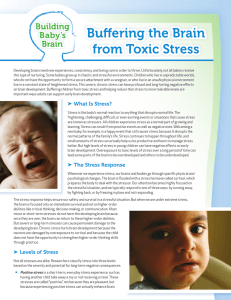
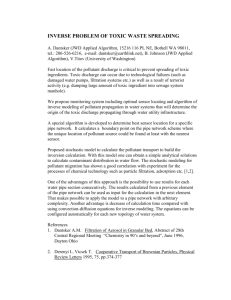


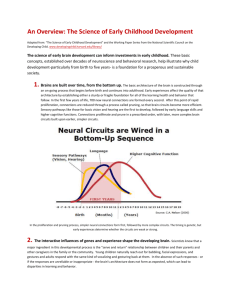


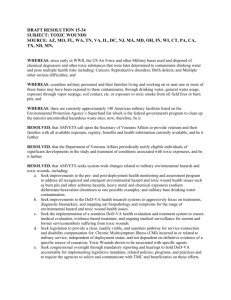

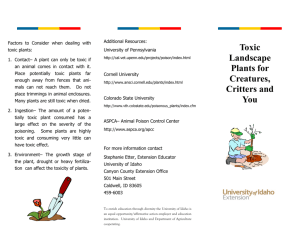
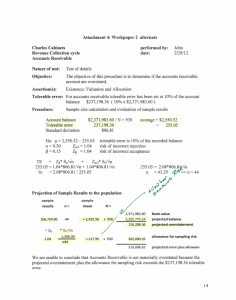
![[ISA Transactions 2003-jan vol. 42 iss. 1] Edward M. Marszal P.E. - Derivation of an equation for quantitative SIL assignment (2003) [10.1016 s0019-0578(07)60122-0] - libgen.li](http://s2.studylib.net/store/data/027054351_1-97523ec385ebc35b61a57a0248c7668e-300x300.png)